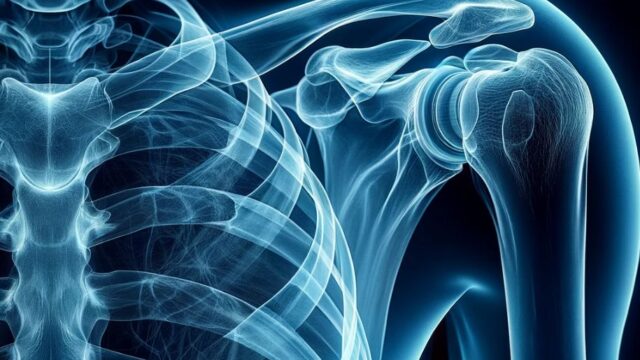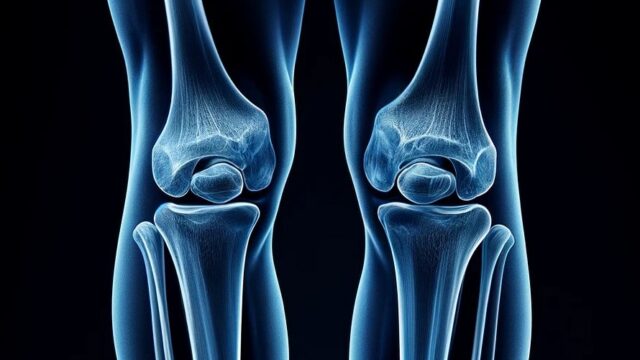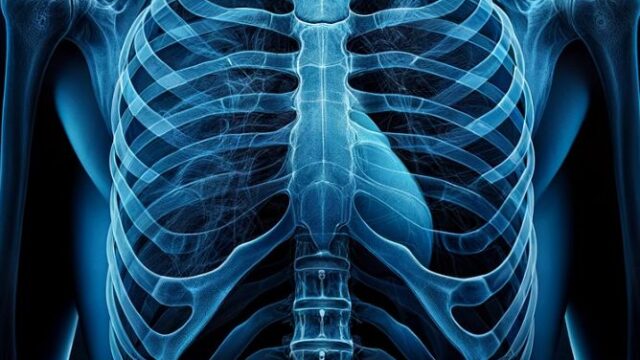Purpose
Observation of the Achilles tendon and Kager’s triangle.
Normally, the Achilles tendon has an anteroposterior thickness of about 6mm, but it can thicken due to various factors. It can also rupture due to various mechanisms. In familial hypercholesterolemia, there is an increased deposition of cholesterol and triglycerides in the blood, leading to thickening. In the past, the diagnostic criteria were 9mm or more in X-ray imaging, but as of the 2022 Japanese guidelines, it has been revised to 8mm or more for men and 7.5mm or more for women.
Kager’s triangle is a structure composed of the long flexor hallucis muscle, Achilles tendon, and the upper edge of the calcaneus, observed in the posterior aspect of the ankle joint, with Kager’s fat pad located within.
While the observation of the Achilles tendon itself is typically done through ultrasound or MRI examinations, it can be useful in facilities that do not have access to such diagnostic equipment.
Prior confirmation
Remove any obstacles.
Positioning
Except for the imaging distance and X-ray center, similar to the ankle lateral view.
Lateral decubitus or seated position
Ensure the lower leg axis and sole are at right angles.
→ Dorsiflexion or plantarflexion, inversion or eversion can affect the thickness measurement of the Achilles tendon, so a reproducible position is crucial.
Align the axis of the lower leg with the cassette.
Keep the lower leg axis parallel to the examination table.
Ensure the sole and the lower leg axis are perpendicular.
Place the R/L marker.
CR, distance, field size
CR : Perpendicular incidence towards the posterior edge of the medial malleolus.
Distance : 120cm to minimize magnification or place a lead scale at the same height as the Achilles tendon at a distance of 100cm.
Field size : Narrowed down to include the distal 1/3 of the lower leg bone.
Exposure condition
50kV / 5mAs
Grid ( – )
Image, check-point
Radiopaedia (R: normal, L: affected side)
Achilles tendon tear
Achilles tendon partial tear (right foot)
Ruptured achilles tendon
Achilles tendon tear
Kager’s Fat Pad
The Achilles tendon and Kager’s triangle are clearly observable.
The calcaneus is observable without overexposure.
Cortex and trabeculae are clearly visible.
Ensure the presence of an R/L marker.
No blurring due to movement.
Videos
Related materials










